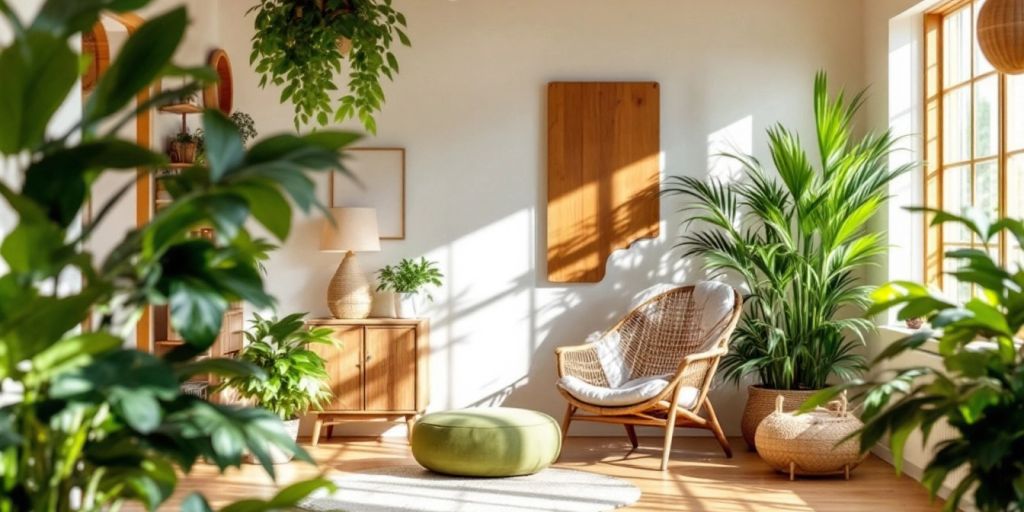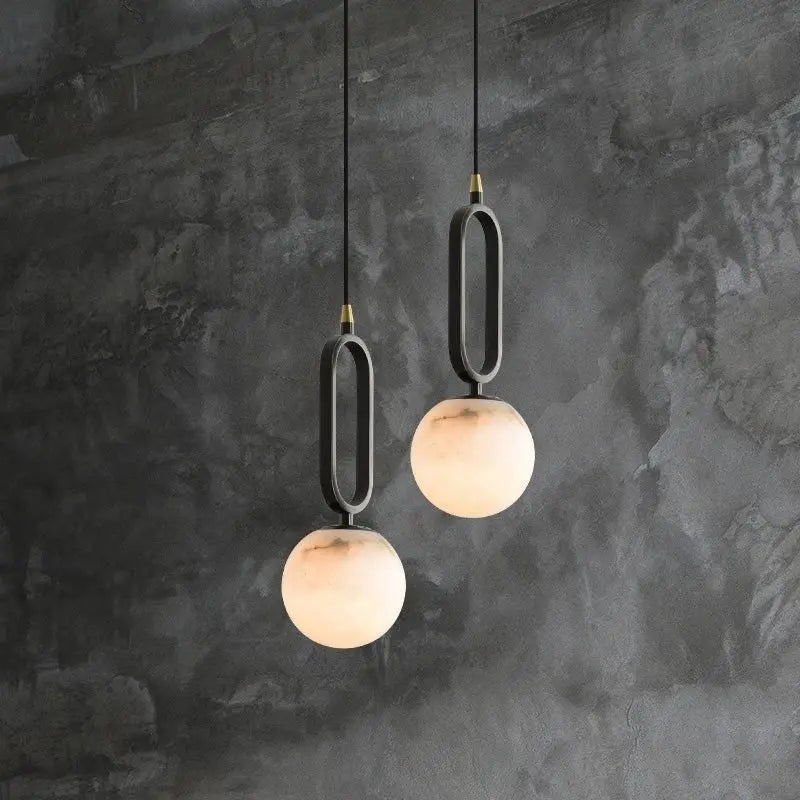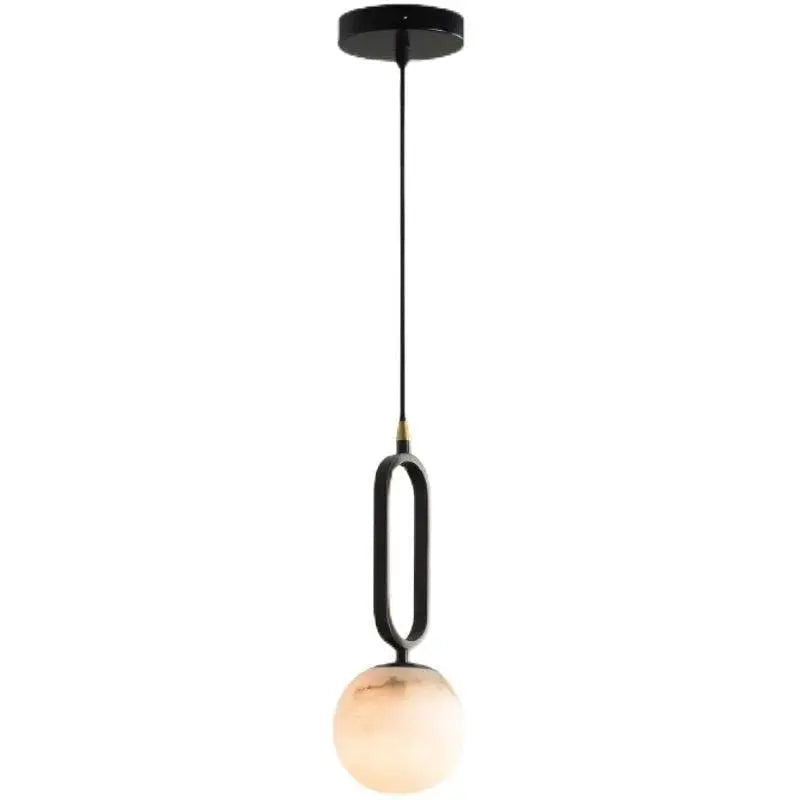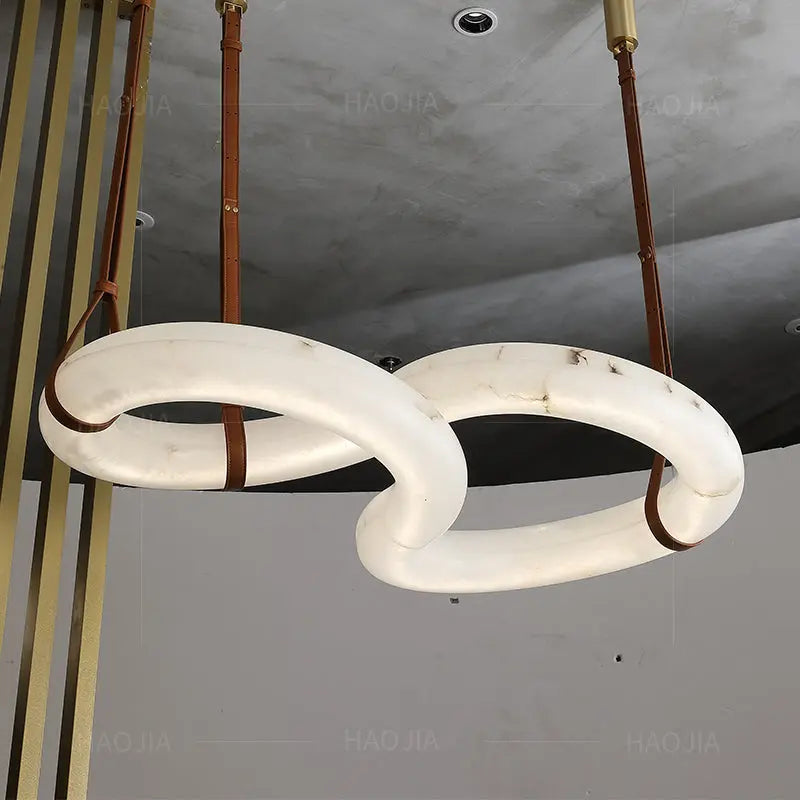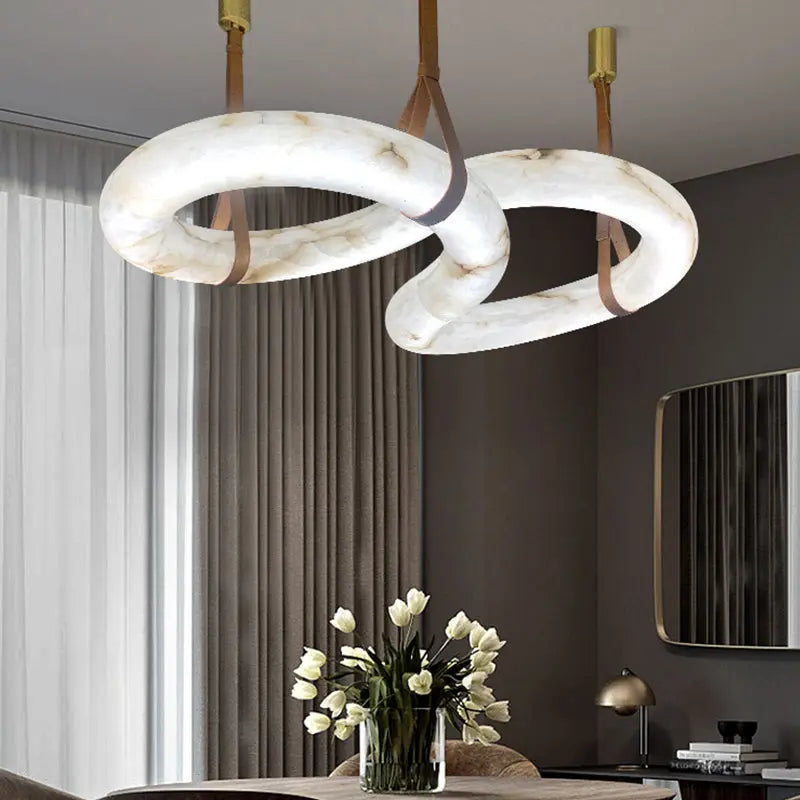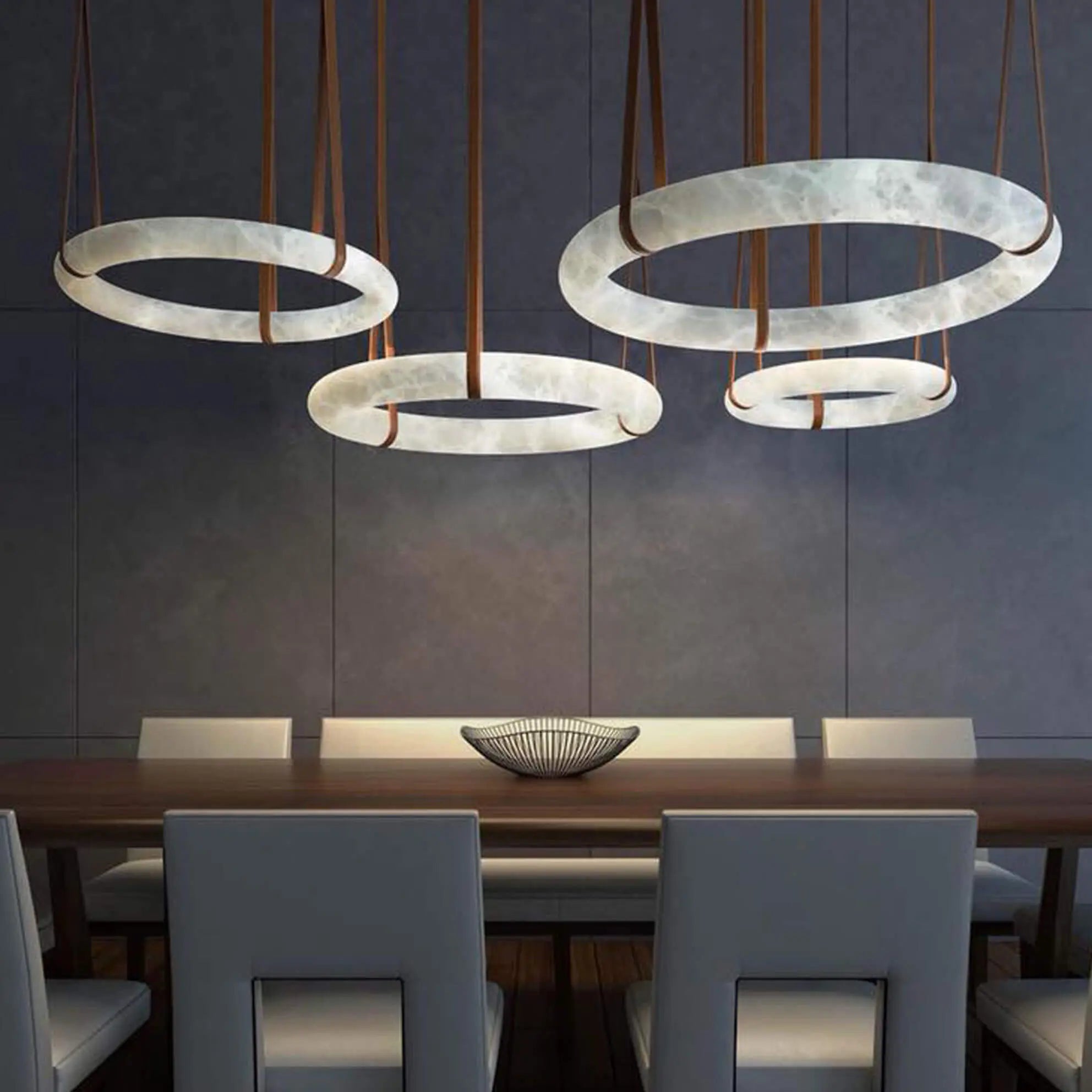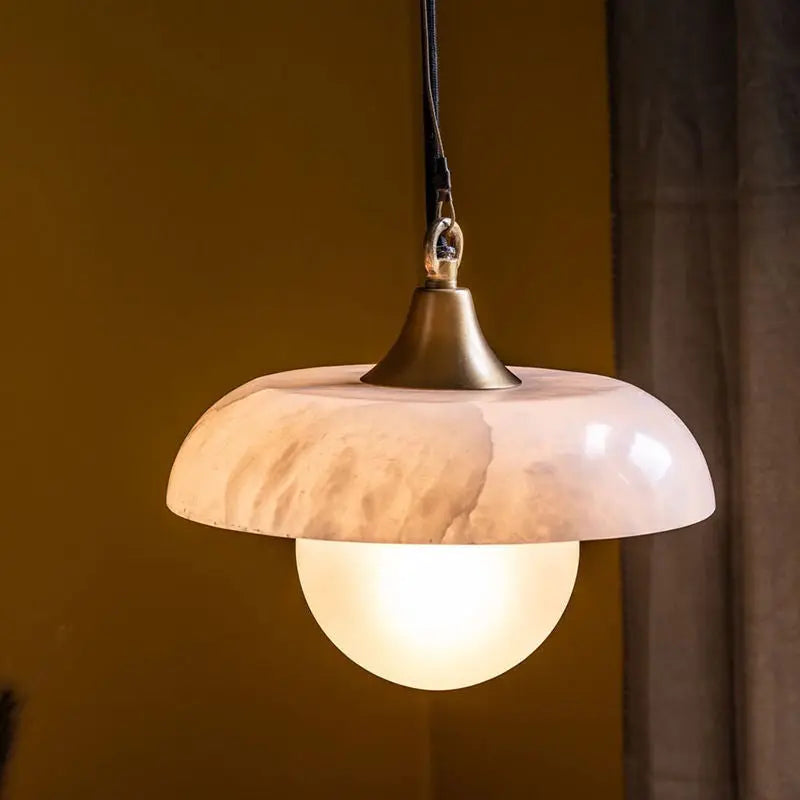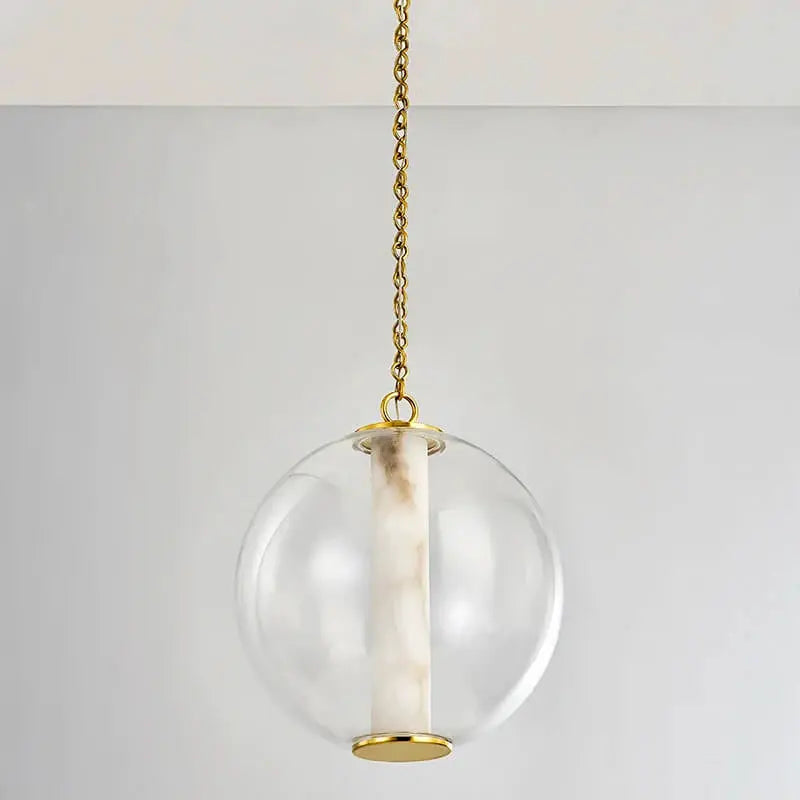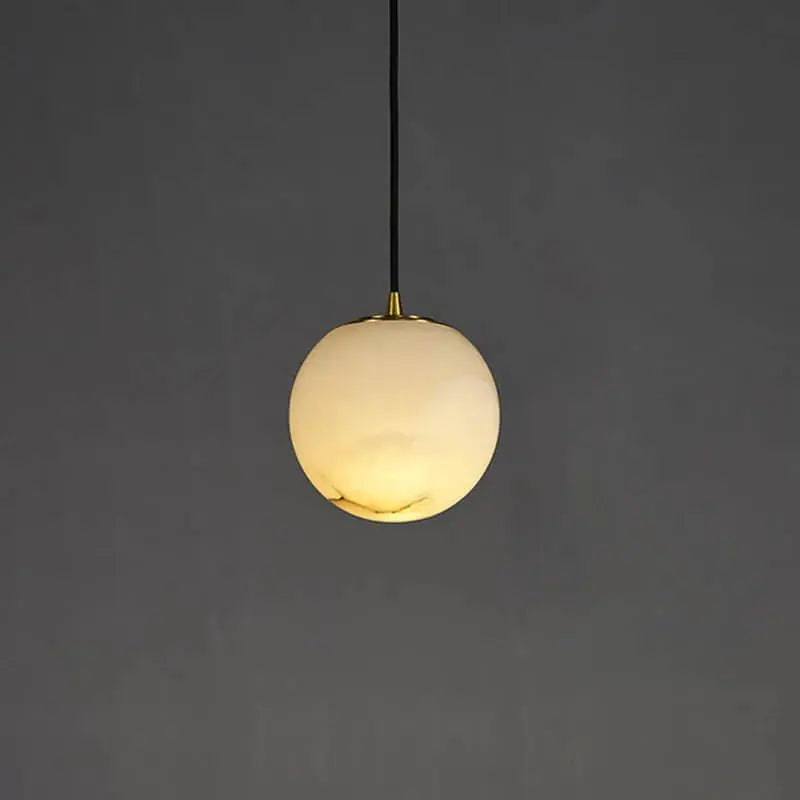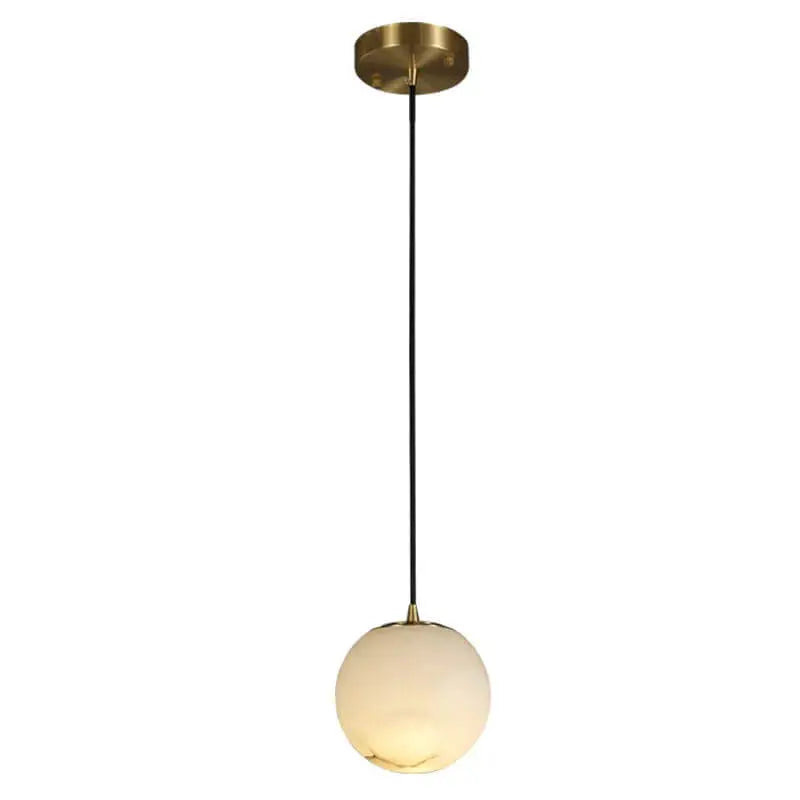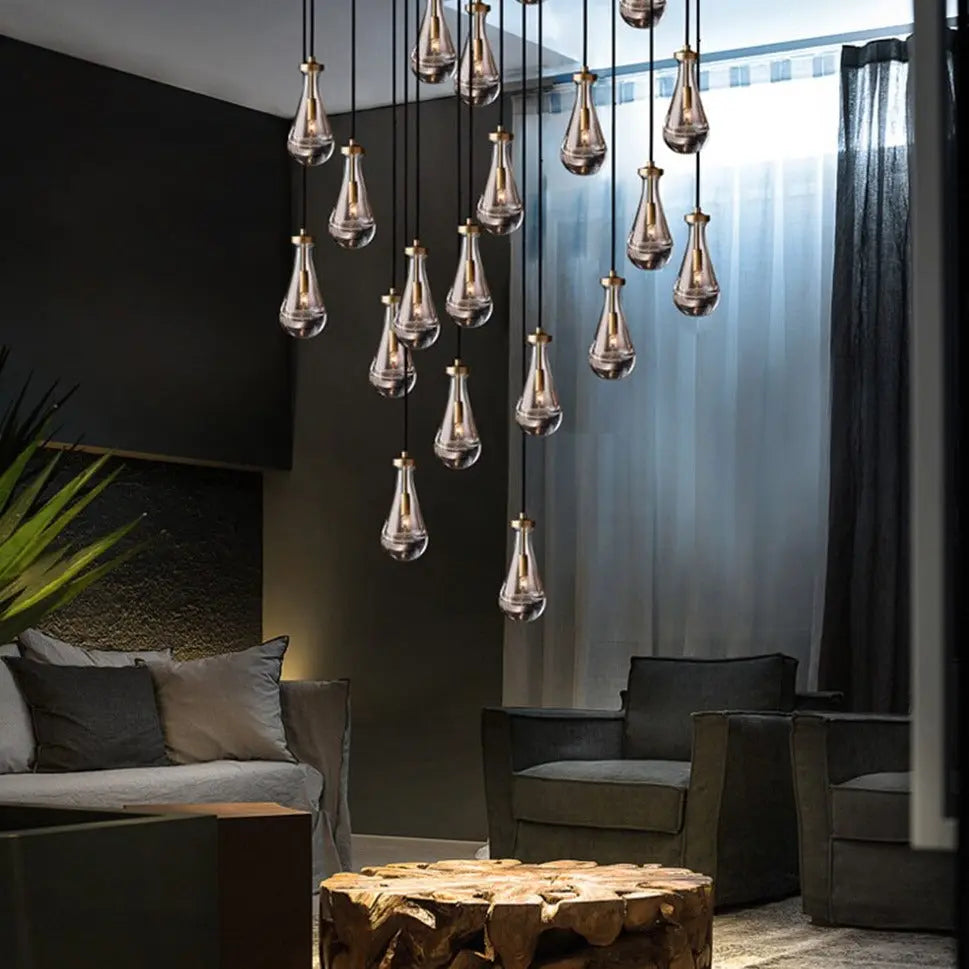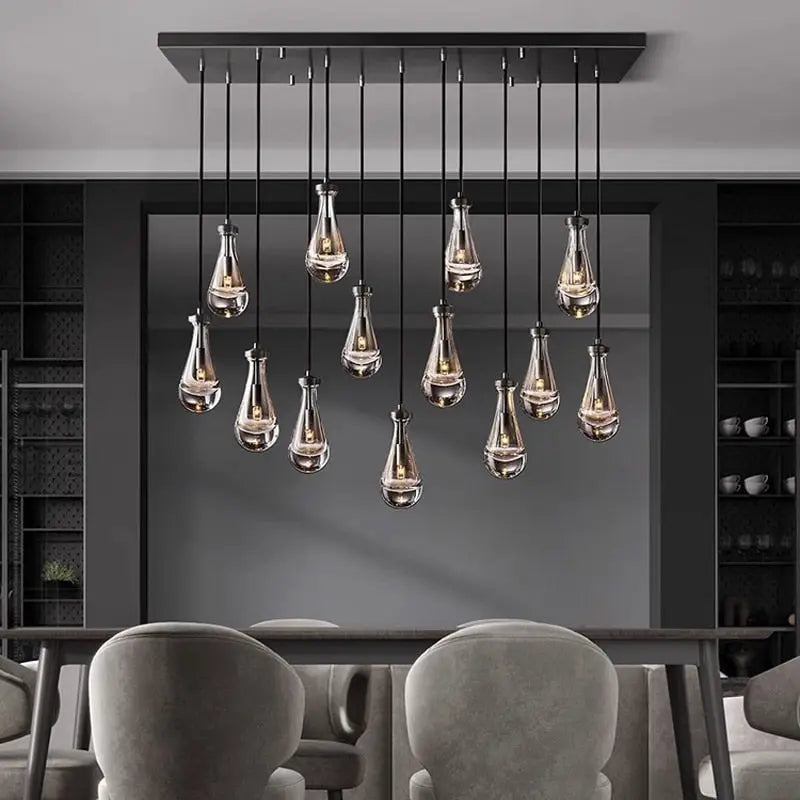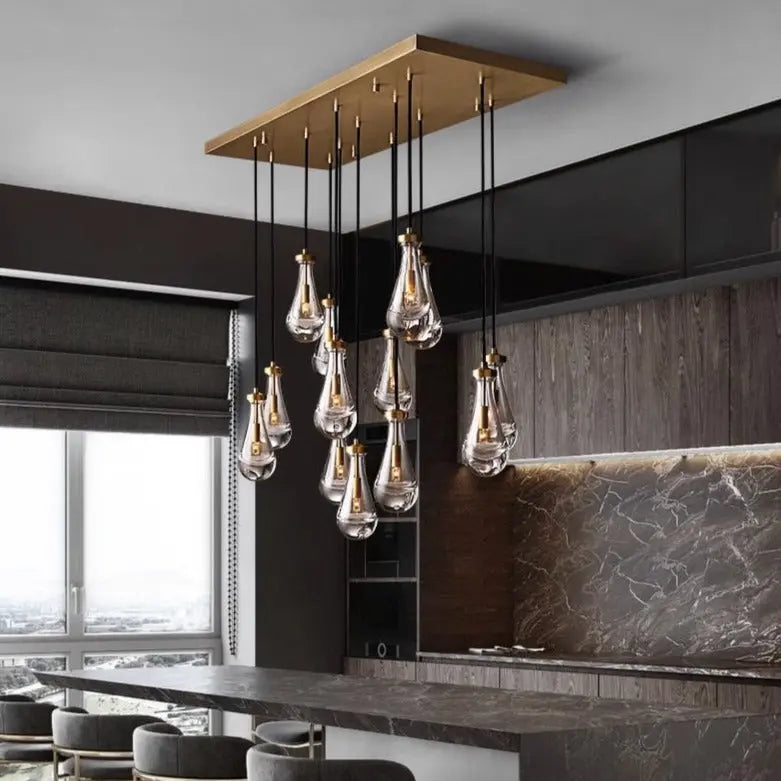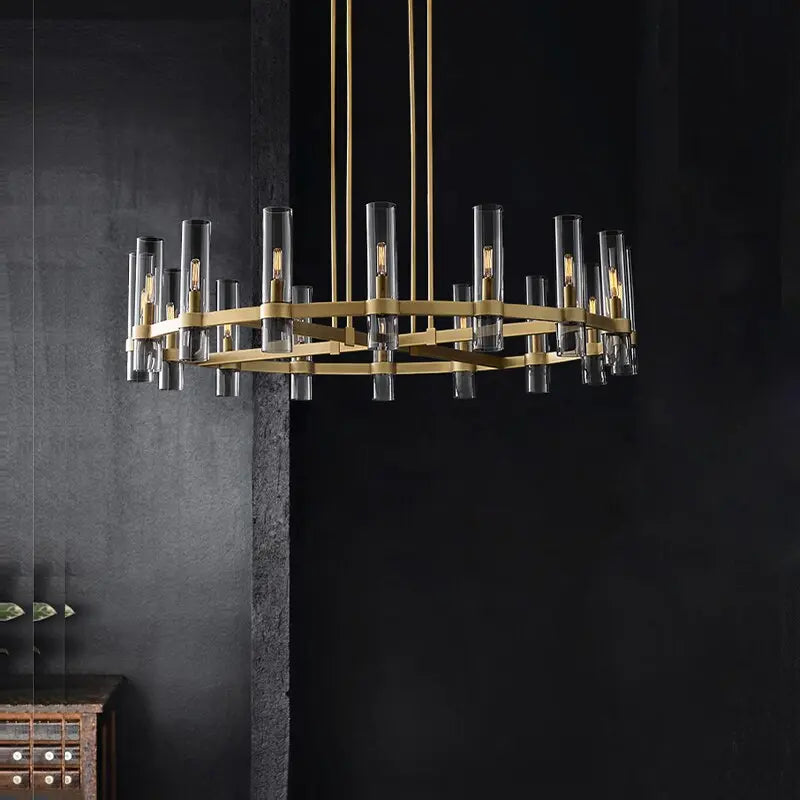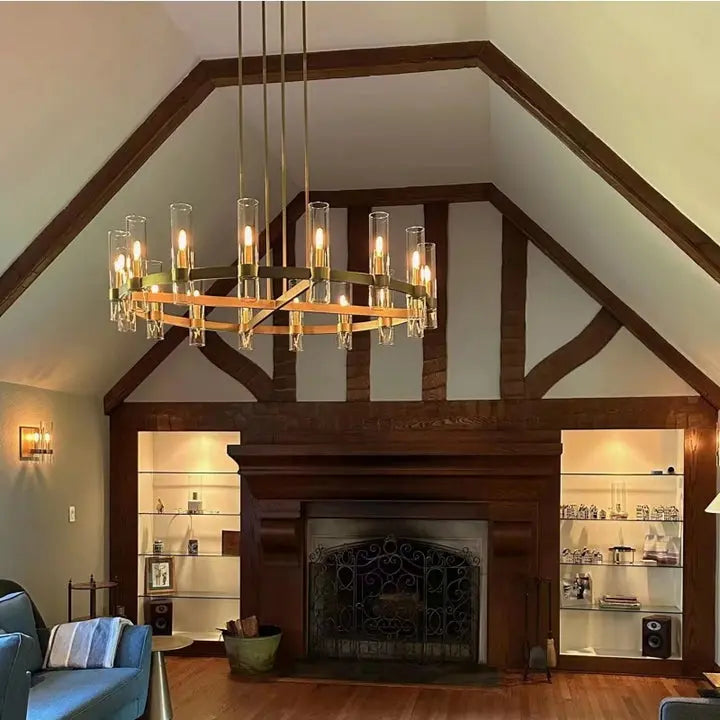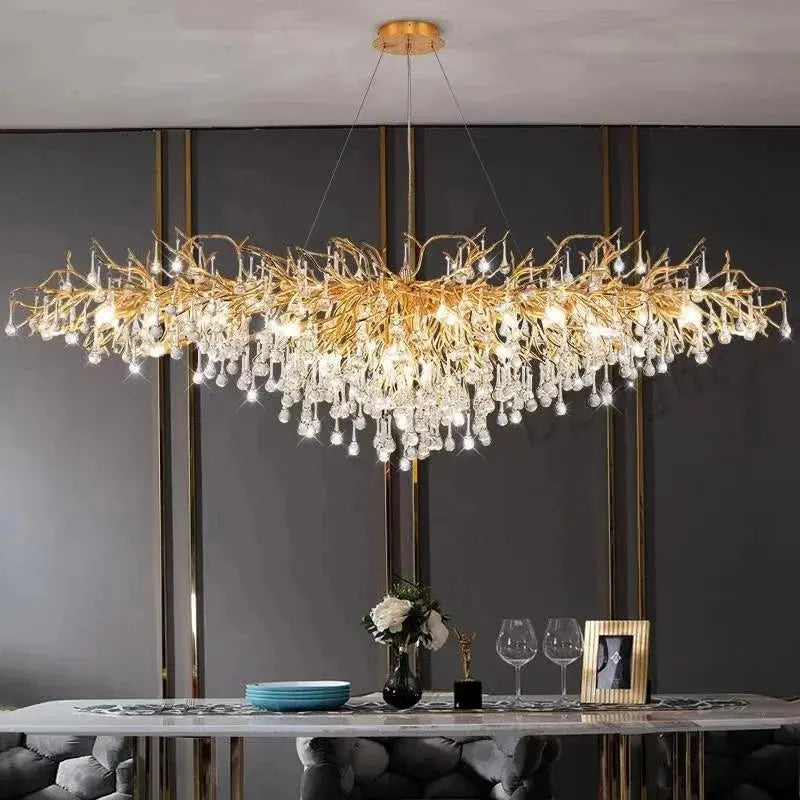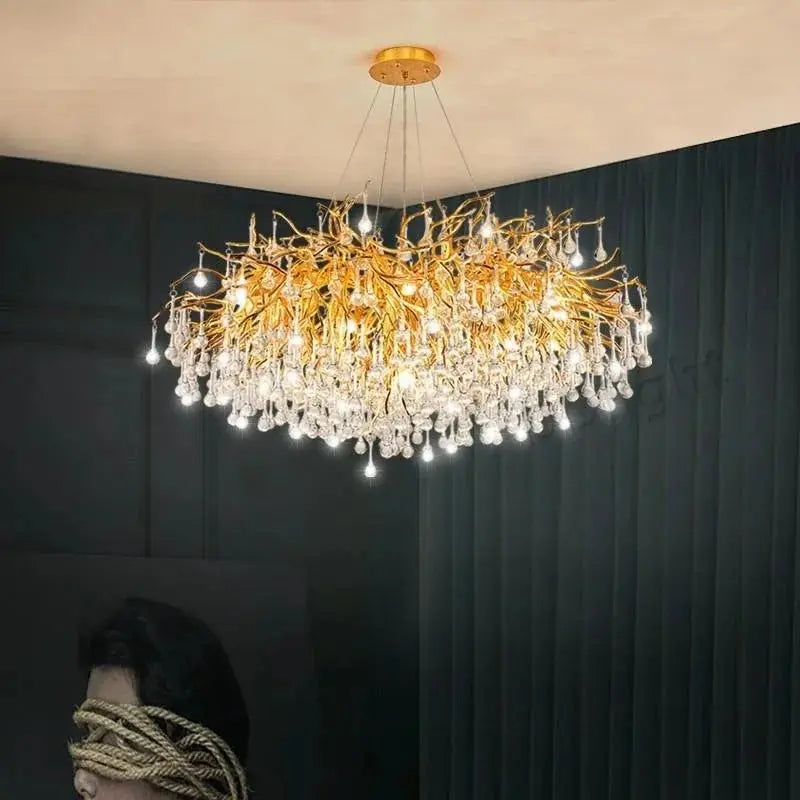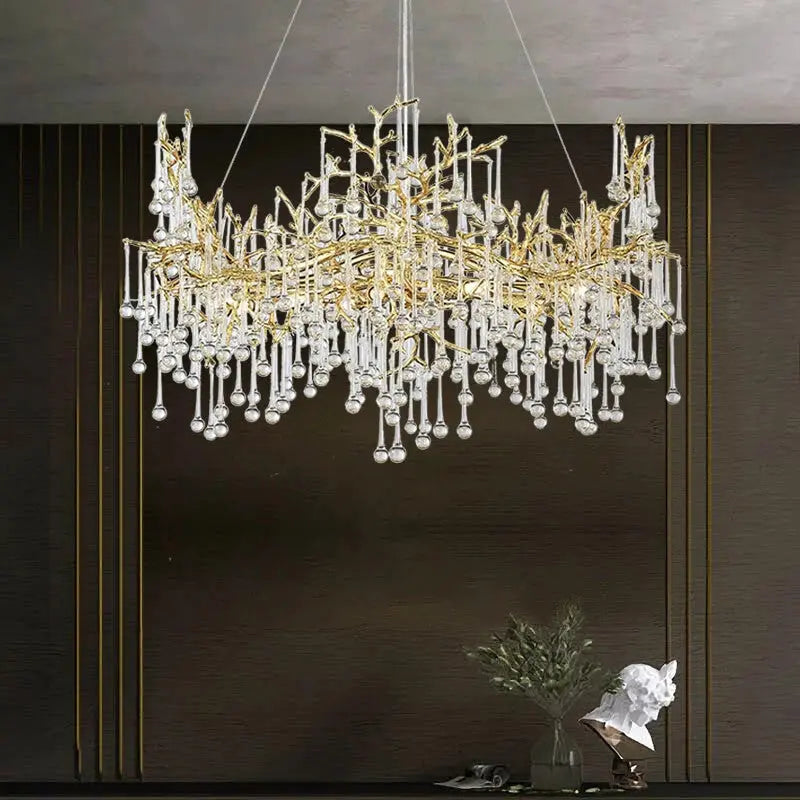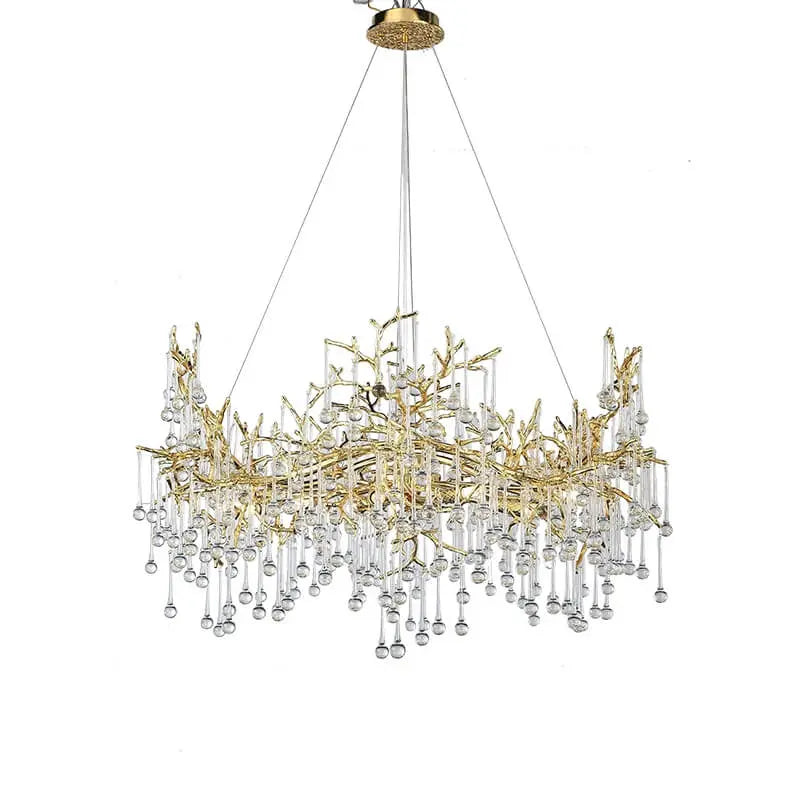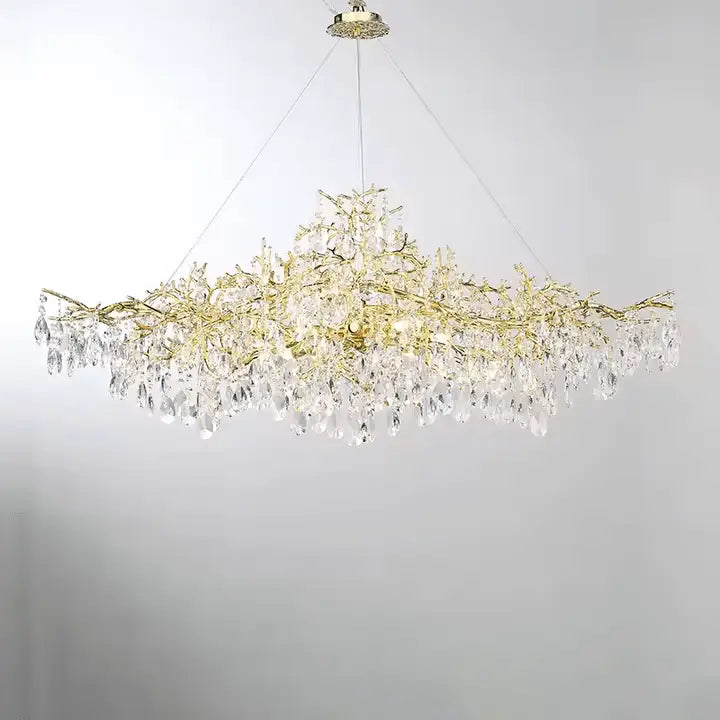Sustainable interior design is becoming increasingly vital as we strive for a greener future. It goes beyond just aesthetics, focusing on creating spaces that are good for both the planet and our health. By using eco-friendly materials, energy-efficient technologies, and innovative waste reduction techniques, we can design beautiful interiors that benefit our environment. This article explores various approaches to sustainable interior design, highlighting the importance of making responsible choices for a healthier planet.
Key Takeaways
- Sustainable interior design helps protect the environment and promotes well-being.
- Using recycled and reclaimed materials can reduce waste and conserve resources.
- Energy-efficient appliances and smart technology lower energy consumption.
- Incorporating plants and natural elements enhances indoor air quality and improves mental health.
- Water-saving fixtures and landscaping contribute to responsible resource use.
The Importance of Sustainable Interior Design
Sustainable interior design is crucial for creating spaces that are not only beautiful but also environmentally friendly. By focusing on sustainability, we can help protect our planet for future generations. This approach to design considers the materials used, the energy consumed, and the overall impact on the environment.
Environmental Benefits of Sustainable Interior Design
- Reduces waste by using recycled and reclaimed materials.
- Lowers carbon footprint through energy-efficient practices.
- Promotes biodiversity by incorporating natural elements.
Economic Advantages of Sustainable Practices
- Decreases long-term costs through energy savings.
- Increases property value with sustainable features.
- Attracts eco-conscious consumers in the market.
Health and Well-being Impacts
- Improves indoor air quality by using non-toxic materials.
- Enhances mental well-being through biophilic design.
- Supports physical health with ergonomic furniture choices.
Sustainable interior design is not just a trend; it’s a necessary shift towards a healthier planet and healthier living spaces. By adopting these practices, we can create sustainable homes that reflect our values and care for the environment.
Incorporating sustainable practices into modern home design can lead to a brighter, greener future for all.
Incorporating Eco-Friendly Materials
In the quest for eco-friendly homes, using sustainable materials is essential. These materials not only help the environment but also create beautiful spaces. Here are some key areas to consider:
Using Reclaimed and Recycled Materials
- Reclaimed wood: Sourced from old buildings, it adds character and reduces the need for new timber.
- Recycled metal: Helps lower carbon emissions and supports a circular economy.
- Recycled glass: Can be used in countertops and tiles, providing a unique look while being eco-friendly.
Benefits of Renewable Resources like Bamboo and Cork
- Bamboo: This fast-growing grass is one of the most renewable materials available. It’s perfect for flooring and furniture.
- Cork: Harvested from the bark of cork oak trees, it’s sustainable and offers a unique texture for interiors.
- Natural elegance: Both materials bring a touch of nature indoors, enhancing the aesthetic of any space.
Choosing Non-Toxic and Low-VOC Products
- Low-VOC paints: These paints improve indoor air quality and are safer for your family.
- Natural fibers: Opt for carpets made from organic wool or jute to avoid harmful chemicals.
- Eco-friendly finishes: Look for finishes that are free from toxic substances to ensure a healthier living environment.
By choosing eco-friendly materials, you not only create a beautiful space but also contribute to a healthier planet. This is a vital step in eco-friendly home design that everyone can embrace.
Energy Efficiency in Interior Design
Energy efficiency is crucial for creating energy-efficient homes that are both comfortable and sustainable. By focusing on smart solutions, designers can significantly reduce energy consumption in various ways.
Implementing Smart Home Technology
- Smart thermostats can adjust heating and cooling based on your schedule, saving energy.
- Automated lighting systems turn off lights when rooms are unoccupied, reducing waste.
- Smart appliances use less energy and can be controlled remotely for efficiency.
Maximizing Natural Light and Ventilation
- Larger windows and skylights allow more sunlight, reducing the need for artificial lighting.
- Proper placement of windows can enhance cross-ventilation, keeping spaces cooler naturally.
- Using light-colored walls can reflect sunlight, brightening rooms without extra energy use.
Selecting Energy-Efficient Lighting and Appliances
- Replace traditional bulbs with LEDs or CFLs to cut down on electricity use.
- Choose appliances with high energy ratings to lower utility bills.
- Consider elegant marble chandeliers that not only add style but also use energy-efficient bulbs.
By integrating these strategies, homeowners can create energy-efficient home designs that benefit both the environment and their wallets.
Incorporating these elements into your design can lead to sophisticated marble chandeliers and other stylish features that enhance the aesthetic of minimalist homes, Scandinavian homes, and industrial homes alike.
Ultimately, energy efficiency in interior design is about making smart choices that lead to a greener future.
Innovative Waste Reduction Techniques
Upcycling and Repurposing Old Items
One of the most creative ways to reduce waste is through upcycling. This means taking old or discarded items and turning them into something new and useful. Here are some ideas:
- Transform old doors into unique tables.
- Restore vintage furniture with modern finishes.
- Use glass jars as stylish storage solutions.
By giving new life to these items, we not only cut down on waste but also create one-of-a-kind pieces that add character to our spaces.
Efficient Space Planning to Minimize Waste
Good design starts with smart planning. Here are some tips to help minimize waste:
- Measure your space carefully before buying new furniture.
- Choose multi-functional furniture that serves more than one purpose.
- Plan layouts that maximize the use of existing materials and furniture.
This approach helps ensure that we use what we have effectively, reducing the need for new purchases.
Adopting Circular Design Principles
Circular design is all about creating products that can be reused, repaired, or recycled. This means:
- Designing items that last longer and can be easily fixed.
- Using materials that can be recycled at the end of their life.
- Encouraging a culture of sharing and borrowing instead of buying new.
By adopting these principles, we can significantly reduce waste and promote a more sustainable lifestyle.
Embracing innovative waste reduction techniques not only helps the environment but also encourages creativity and resourcefulness in our designs. Every small change can lead to a big impact!
Biophilic Design and Its Benefits
Biophilic design is all about bringing nature indoors. It connects people with the natural world, making spaces feel more alive and welcoming. This design approach not only enhances beauty but also boosts our health and happiness.
Integrating Natural Elements Indoors
- Living Walls: These are vertical gardens that add greenery to any space.
- Indoor Plants: They improve air quality and create a calming atmosphere.
- Natural Light: Large windows and skylights let in sunlight, which can lift our mood.
Improving Air Quality with Indoor Plants
Indoor plants play a crucial role in enhancing air quality. They:
- Absorb harmful toxins.
- Release oxygen, making the air fresher.
- Help maintain humidity levels, creating a comfortable environment.
Enhancing Well-being Through Nature-Inspired Designs
Biophilic design can significantly improve our well-being. Here are some benefits:
- Reduced Stress: Natural elements can lower stress levels.
- Better Focus: Being around nature can help us concentrate better.
- Increased Creativity: Nature inspires creativity and new ideas.
By incorporating biophilic design, we create spaces that not only look good but also feel good. This approach nurtures our connection to nature, making our homes healthier and happier places to live.
In summary, biophilic design is a powerful tool for creating sustainable and enjoyable living spaces. It reminds us of the beauty of nature and its importance in our daily lives. For example, using bamboo lamps can add a touch of nature while being eco-friendly.
Water Conservation Strategies
Installing Low-Flow Fixtures and Dual-Flush Toilets
Using low-flow fixtures for faucets and showers can significantly reduce water usage. Dual-flush toilets allow users to choose between a full or half flush, which helps save water. Here are some benefits of these installations:
- Reduced water bills
- Less strain on local water supply
- Lower environmental impact
Using Smart Irrigation Systems
Smart irrigation systems can help manage outdoor water use efficiently. These systems adjust watering schedules based on weather conditions, ensuring that plants receive the right amount of water without waste. Benefits include:
- Water savings
- Healthier plants
- Less manual effort
Incorporating Water-Efficient Landscaping
Choosing plants that require less water is a great way to conserve water. Here are some tips for water-efficient landscaping:
- Select native plants that thrive in your local climate.
- Group plants with similar water needs together.
- Use mulch to retain moisture in the soil.
Implementing these strategies not only conserves water but also promotes a healthier environment. Every drop counts!
Sustainable Furniture and Accessories
Choosing Timeless and Durable Pieces
When selecting furniture, it's essential to focus on timeless designs that won't go out of style. This approach not only enhances the aesthetic of your space but also reduces the need for frequent replacements. Here are some tips:
- Look for classic styles that can adapt to changing trends.
- Choose high-quality materials that withstand wear and tear.
- Consider multi-functional furniture to maximize space.
Opting for Responsibly Sourced Materials
Using materials that are sourced responsibly is crucial for sustainability. Here are some materials to consider:
- Reclaimed wood: This not only adds character but also reduces the demand for new timber.
- Bamboo: A fast-growing plant that is both durable and eco-friendly.
- Cork: Harvested from the bark of cork trees, it’s renewable and biodegradable.
Investing in Certified Sustainable Products
Purchasing products that have been certified for sustainability ensures that you are making responsible choices. Look for:
- Products with certifications from reputable organizations.
- Items made from recycled materials.
- Brands that prioritize eco-friendly practices.
By choosing sustainable furniture and accessories, you contribute to a healthier planet while creating a beautiful home. Investing in a unique marble chandelier can elevate your space, combining elegance with sustainability. Consider options like a luxury marble chandelier for a touch of sophistication in affordable homes.
In conclusion, sustainable furniture and accessories not only enhance your living space but also play a vital role in promoting environmental responsibility. Embrace these choices for a greener future!
Looking to brighten up your home with eco-friendly furniture and accessories? Discover our amazing collection that combines style and sustainability. Visit our website today to find the perfect pieces that not only look great but also help the planet!
Conclusion
In conclusion, as we look toward a greener future, sustainable interior design is becoming more important than ever. Designers are finding new and creative ways to make spaces that are not only beautiful but also good for the planet. By using materials like bamboo and cork, and smart technologies that save energy, we can create homes that are kind to the Earth. This shift in thinking helps us see our living spaces in a new light and encourages us to take care of our environment for future generations. Everyone can play a part in this movement, and together, we can build a better, more sustainable world.
Frequently Asked Questions
What is sustainable interior design?
Sustainable interior design means creating spaces that are good for the environment. It uses materials and methods that help protect nature and improve our health.
Why is sustainable interior design important?
It's important because it helps reduce waste, saves energy, and creates healthier living spaces. This way, we can enjoy beautiful homes while also caring for the planet.
How can I make my home more eco-friendly?
You can use recycled materials, choose energy-efficient appliances, and add plants to improve air quality. Small changes can make a big difference!
What are some eco-friendly materials I can use?
Some good options are bamboo, reclaimed wood, and recycled glass. These materials are better for the environment and can add unique style to your home.
How does natural light help in interior design?
Using natural light reduces the need for artificial lighting, which saves energy. It also makes spaces feel brighter and more inviting.
What is biophilic design?
Biophilic design connects people with nature by bringing natural elements indoors, like plants and natural light. It can improve mood and make spaces feel more relaxing.

